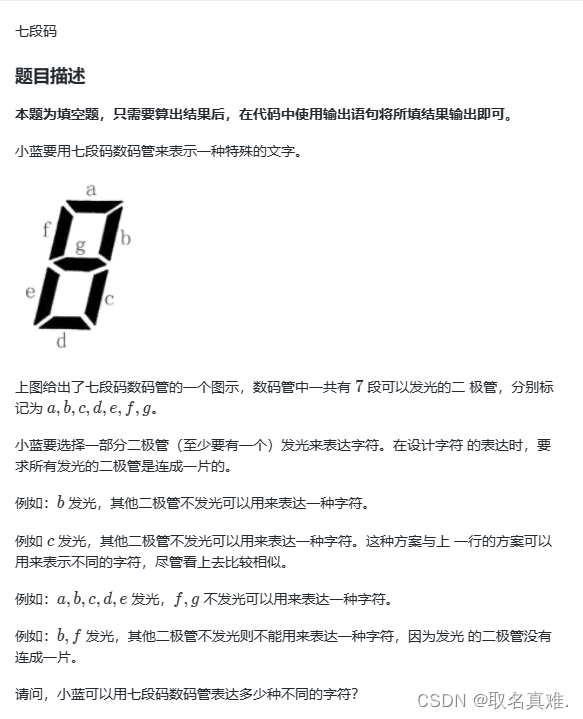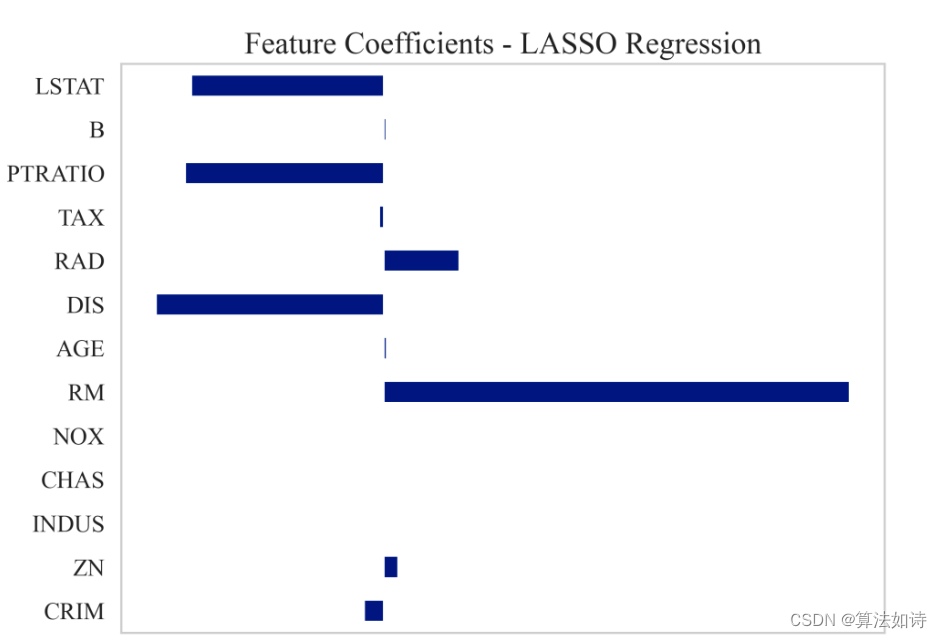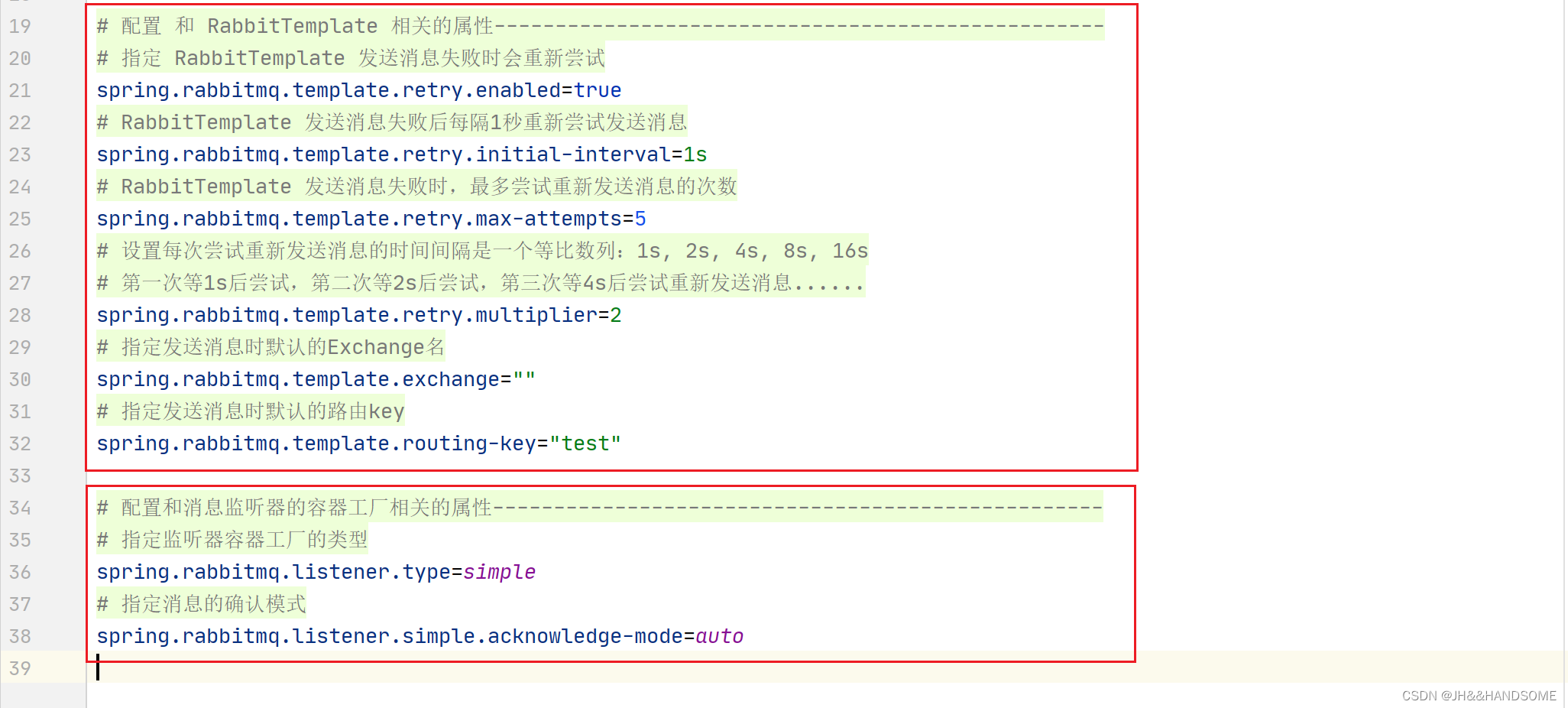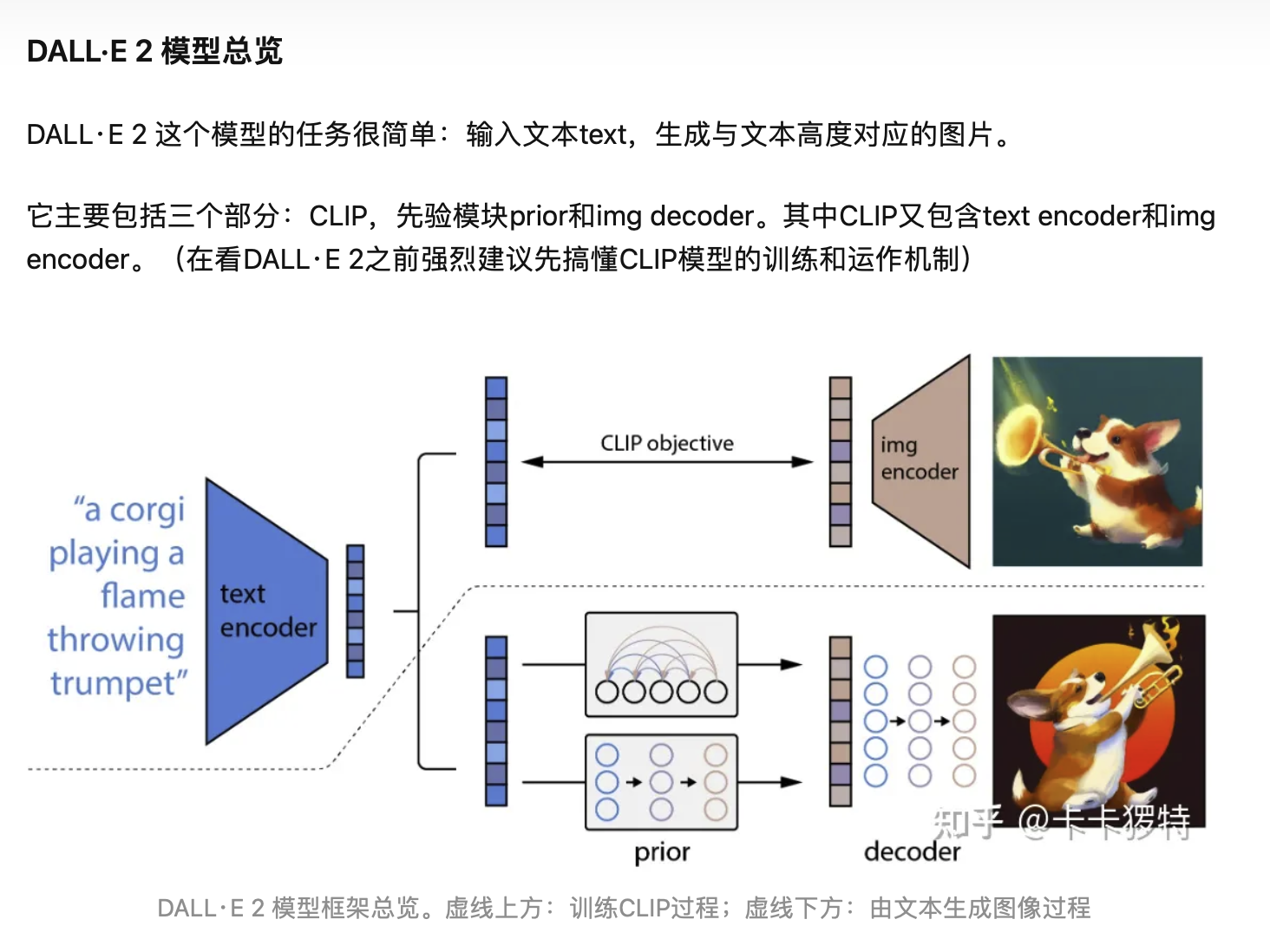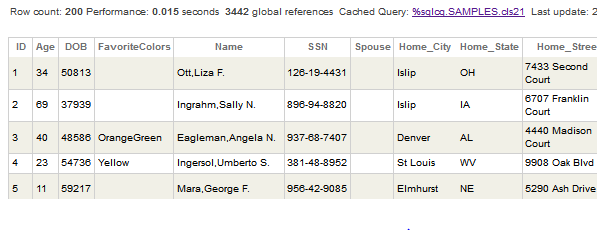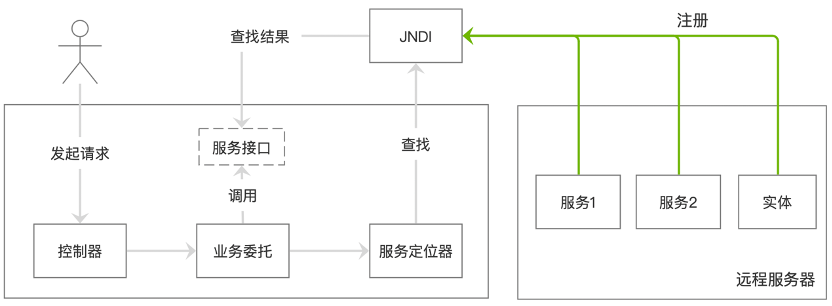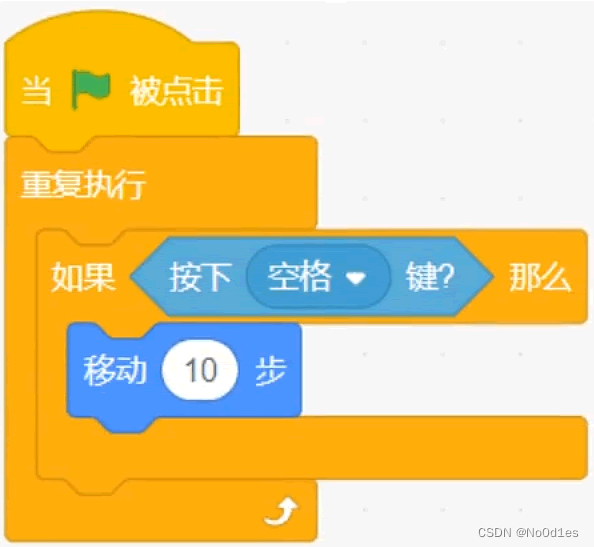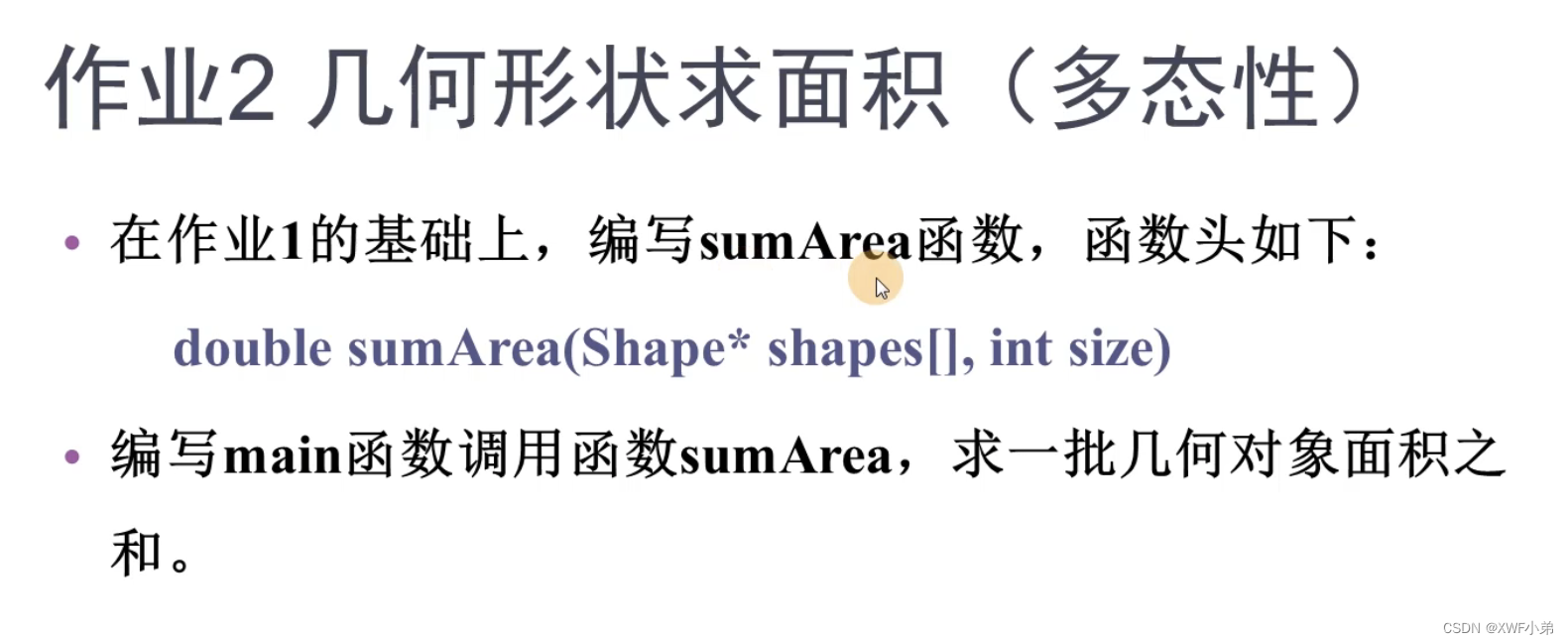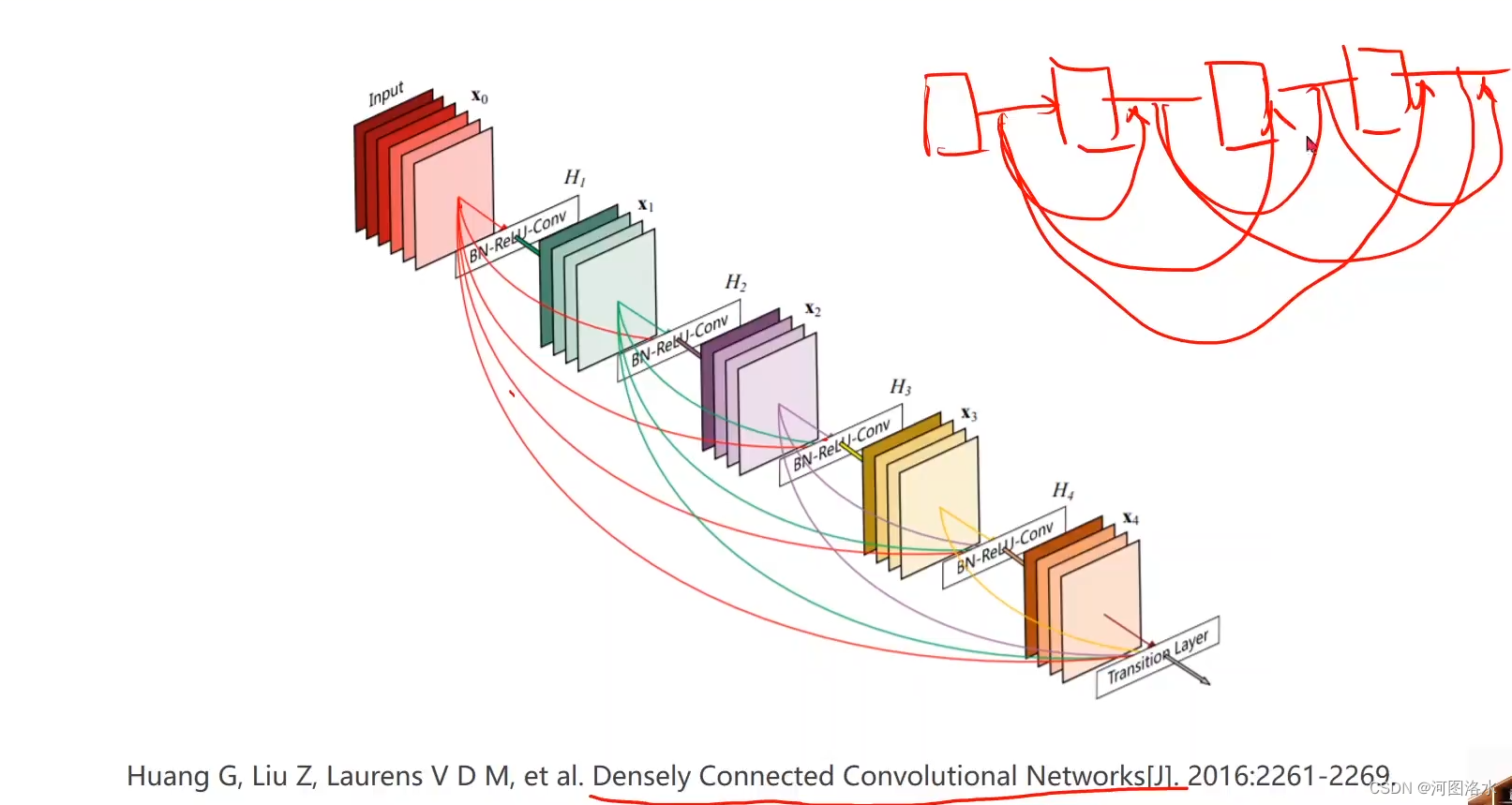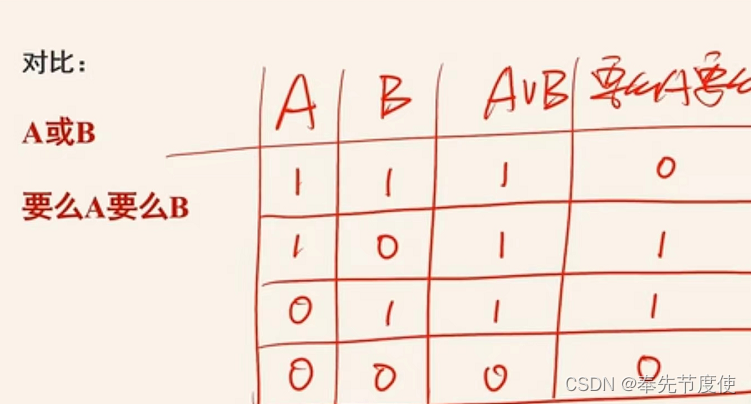一些废话
作为一名Java开发人员,池化技术或多或少在业务代码中使用。常见的包括线程池、连接池等。也是因为Java语言超级丰富的基建,基本上这些池化能力都有着相对成熟的“工具”。比如,需要使用线程池的时候常常会选择Spring提供的 ThreadPoolTaskExecutor , 工具内部替我们维护了线程的生命周期与任务的状态变化。
线程池的运转流程图

正文开始
在笔者的业务场景里,java服务需要通过命令行启动一个特殊进程,并在进程时候完后将其销毁。而业务对启动这个进程的整体耗时较为敏感,打算利用池化技术,将进程池化复用,去除启动进程的消耗,达到优化性能的目标。

认识 GenericObjectPool
池化技术的概念大家可能都比较熟悉了,但真正要从零开始实现池化能力,就会感觉困难很多。好在Java丰富的基建在提供ThreadPoolTaskExecutor的同时,也提供了GenericObjectPool这个辅助我们实现自定义对象池化的工具。 顺带提一句:JedisPool就是使用这个工具实现的。
GenericObjectPool构造方法一共就3个参数,只有PooledObjectFactory必传;
/**
* Creates a new {@code GenericObjectPool} that tracks and destroys
* objects that are checked out, but never returned to the pool.
*
* @param factory The object factory to be used to create object instances
* used by this pool
* @param config The base pool configuration to use for this pool instance.
* The configuration is used by value. Subsequent changes to
* the configuration object will not be reflected in the
* pool.
* @param abandonedConfig Configuration for abandoned object identification
* and removal. The configuration is used by value.
*/
public GenericObjectPool(final PooledObjectFactory<T> factory,
final GenericObjectPoolConfig<T> config, final AbandonedConfig abandonedConfig) {
}PooledObjectFactory 按照方法注释的描述,它是专门负责给池子创建对象实例的。当然除了创建对象(makeObject), 还包括了检验、激活、销毁对象。基本涵盖了对象生命周期中的各个阶段。
void activateObject(PooledObject<T> p) throws Exception;
void destroyObject(PooledObject<T> p) throws Exception;
PooledObject<T> makeObject() throws Exception;
void passivateObject(PooledObject<T> p) throws Exception;
boolean validateObject(PooledObject<T> p);
更加详细的说明可以浏览 GenericObjectPool's apidocs。源码的注释也很详细值得一看。
使用 GenericObjectPool
先引入依赖
dependency>
<groupId>org.apache.commons</groupId>
<artifactId>commons-pool2</artifactId>
<version>${version}</version>
</dependency>
根据自身业务实现PooledObjectFactory接口;作者的业务场景是进程池化,那么对应的创建对象、销毁对象的方法就是创建进程和销毁进程的代码。
public class MyProcessFactory implements PooledObjectFactory<MyProcess> {
@Override
public void destroyObject(PooledObject<MyProcess> p) throws Exception {
final MyProcess process = p.getObject();
if (null != process) {
// 销毁进程
process.stop();
}
}
@Override
public PooledObject<MyProcess> makeObject() throws Exception {
// 这里就是去创建一个进程
MyProcess process = new MyProcess();
process.start();
return new DefaultPooledObject<>(process);
}
// 剩下几个方法也可以按需实现
}下一步就是构建 GenericObjectPool 实例
PooledObjectFactory<MyProcess> factory = new MyProcessFactory();
GenericObjectPool<MyProcess> pool = new GenericObjectPool(factory);
使用GenericObjectPool
// 获取进程实例
MyProcess process = pool.borrowObject();
// 归还实例
pool.returnObject(process);进阶使用 GenericObjectPoolConfig
顾名思义,GenericObjectPoolConfig是池化工具的配置类;它包含了池的最大容量、池的最大空闲数、最小空闲数等核心参照。除此之外在它的父类 BaseObjectPoolConfig 中,空闲对象检测规则,对象存放队列进出规则(LIFO)等更加细节的配置。
/**
* The default value for the {@code maxTotal} configuration attribute.
* @see GenericObjectPool#getMaxTotal()
*/
public static final int DEFAULT_MAX_TOTAL = 8;
/**
* The default value for the {@code maxIdle} configuration attribute.
* @see GenericObjectPool#getMaxIdle()
*/
public static final int DEFAULT_MAX_IDLE = 8;
/**
* The default value for the {@code minIdle} configuration attribute.
* @see GenericObjectPool#getMinIdle()
*/
public static final int DEFAULT_MIN_IDLE = 0;
通过调整这些参数值,就能创建的实现符合业务要求的池子。下面就是个能常驻4个进程的一套配置参数。
private GenericObjectPoolConfig<MyProcess> genericObjectPoolConfig() {
final GenericObjectPoolConfig<MyProcess> config = new GenericObjectPoolConfig<>();
config.setMaxTotal(20); // 池的最大容量
config.setMaxIdle(4); // 最大空闲连接数
config.setMinIdle(0); // 最小空闲连接数
config.setMaxWait(Duration.ofSeconds(5)); // 获取对象时最大等待时间
config.setTimeBetweenEvictionRuns(Duration.ofMinutes(1)); // 空闲对象检查间隔
config.setMinEvictableIdleTime(Duration.ofMinutes(10)); // 空闲对象被移除的最小空闲时间
config.setTestOnBorrow(true);
config.setLifo(false);
return config;
}
作者:徐二七
链接:https://juejin.cn/post/7289344148195835961
来源:稀土掘金
著作权归作者所有。商业转载请联系作者获得授权,非商业转载请注明出处。

